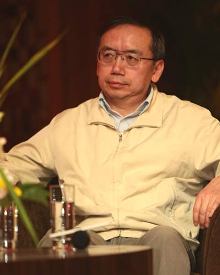Looking for more insights?
Sign up to stay informed about our latest article releases.
Although China's government regularly publishes statistics on income distribution, a new study by Wang Xiaolu of the National Economic Research Institute of the China Reform Foundation, an independent nongovernmental research organization, suggests the data may not be accurate. The good news is that the Chinese are generally wealthier than official statistics suggest. The bad news is that the income gap is larger than previously thought, which left unchecked could lead to a "social crisis," according to Wang. Why do official statistics underplay the disparity and what can be done about it? There are no easy answers, he says in an interview with China Knowledge at Wharton.

Sign up to stay informed about our latest article releases.